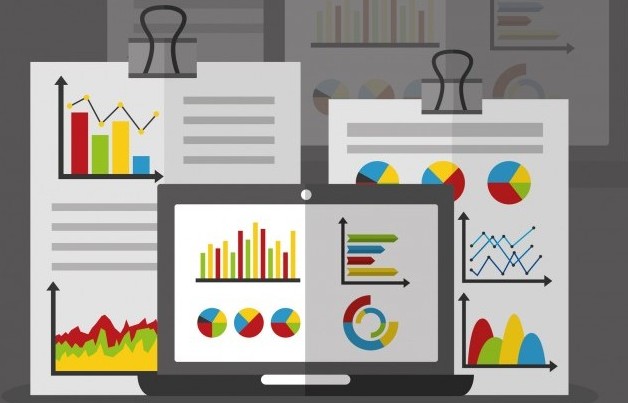Automated Claims Administration Could Bring Billions in Savings
CAQH found that adoption of automated claims administration technology could help payers generate billions in savings.

Source: Thinkstock
- Automated claims administration could bring around $11 billion in savings to health plans and providers if the technology is implemented more broadly, according to the latest CAQH Index.
Payers should encourage providers to adopt technologies that automate claims submissions, prior authorization, benefit coordination, and other administrative transactions to ensure that these processes can be conducted quickly without excessive manual effort.
However, providers have been reluctant to adopt the use of e-payment and automated claims admin technologies, CAQH says, even though provider groups are likely to experience $9.5 billion in annual savings by using these tools.
“Understanding the industry cost of phone inquiries and paper/fax submissions reveals whether or not we are in line with the collective average,” said Tab Harris, Senior Director, Provider Connectivity Solutions/EDI Operations at Florida Blue. “Knowledge of the electronic cost validates our vendor expense, and understanding the provider’s cost presents an opportunity to promote and facilitate self-service e-capabilities.”
Automating claims submissions, payments, and readmittance generates between $0.40 to $0.50 per transaction, CAQH found. Health plans experience the strongest ROI when automating prior authorization, benefit verification, and claims status inquiries because of high number of administrative transactions initiated within these processes.
“The greatest per-transaction savings opportunities for health plans are for eligibility and benefit verifications ($4.29 per transaction) and claim status inquiries ($4.35 per transaction),” CAQH said. “These two transactions have some of the highest volumes among all medical transactions.”
However, CAQH found that if health plans were able to effectively automate all their administrative transactions they could generate nearly $1.7 billion in savings annually. Payers and providers would experience the biggest returns by automating benefit eligibility determinations and moving them to an entirely electronic process.
“[The benefit eligibility determination] transaction continues to represent the highest industry potential cost savings opportunity, nearly $3.7 billion from full adoption (for both payers and providers), followed by remittance advice,” CAQH found.
CAQH found that automated claims administration and related technologies are being adopted by payers and providers at a steady pace, but there is still room for improvement across the healthcare industry.
Adoption of electronic and automated claims administration between payers and providers reached 95 percent in 2017, increasing by one percentage point from 2016. Electronic eligibility and benefit verification adoption grew to 79 percent and coordination of benefits technology adoption reached 77 percent. Conversely, adoption of technologies that support prior authorization and claims payments slightly decreased from 2016 to 2017.
Accelerating technology adoption may improve how payers manage new health plan offerings and foster the use of value-based payment models between payers and providers.
“Many of the trends responsible for driving the volume of transactions higher in the 2017 Index are expected to continue or accelerate,” CAQH said.
“While the overall number of insured patients is projected to decline slightly in the coming years, a growing proportion of patients are covered by complex insurance products, such as high-deductible health plans. Value-based payment requires more precise operational processes than those required to administer fee-for-service claims. These changes add a layer of complexity to value-based payment and may, in the short-term, present challenges.”
